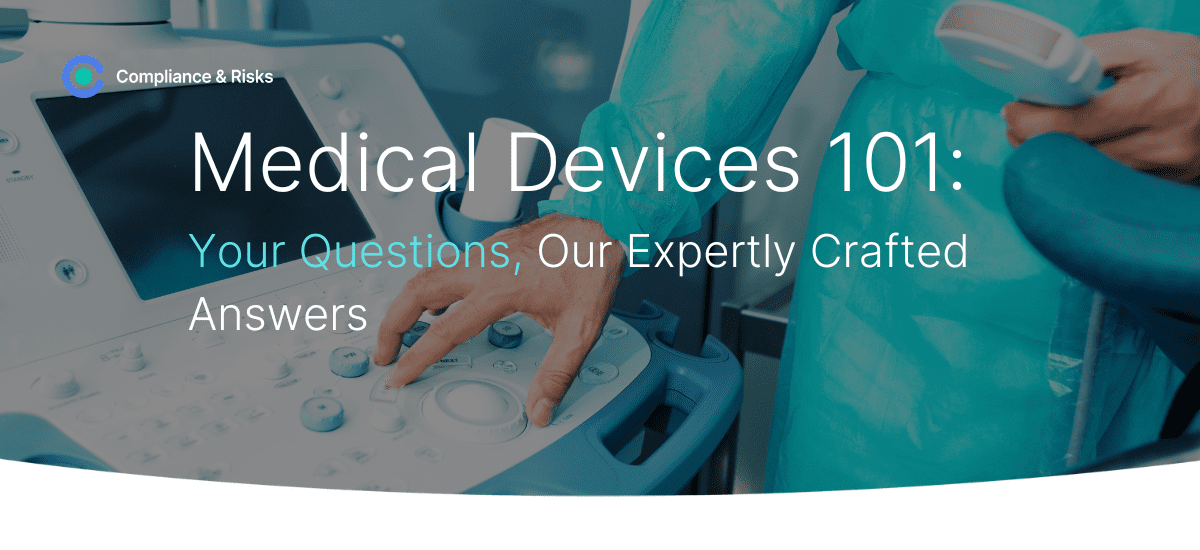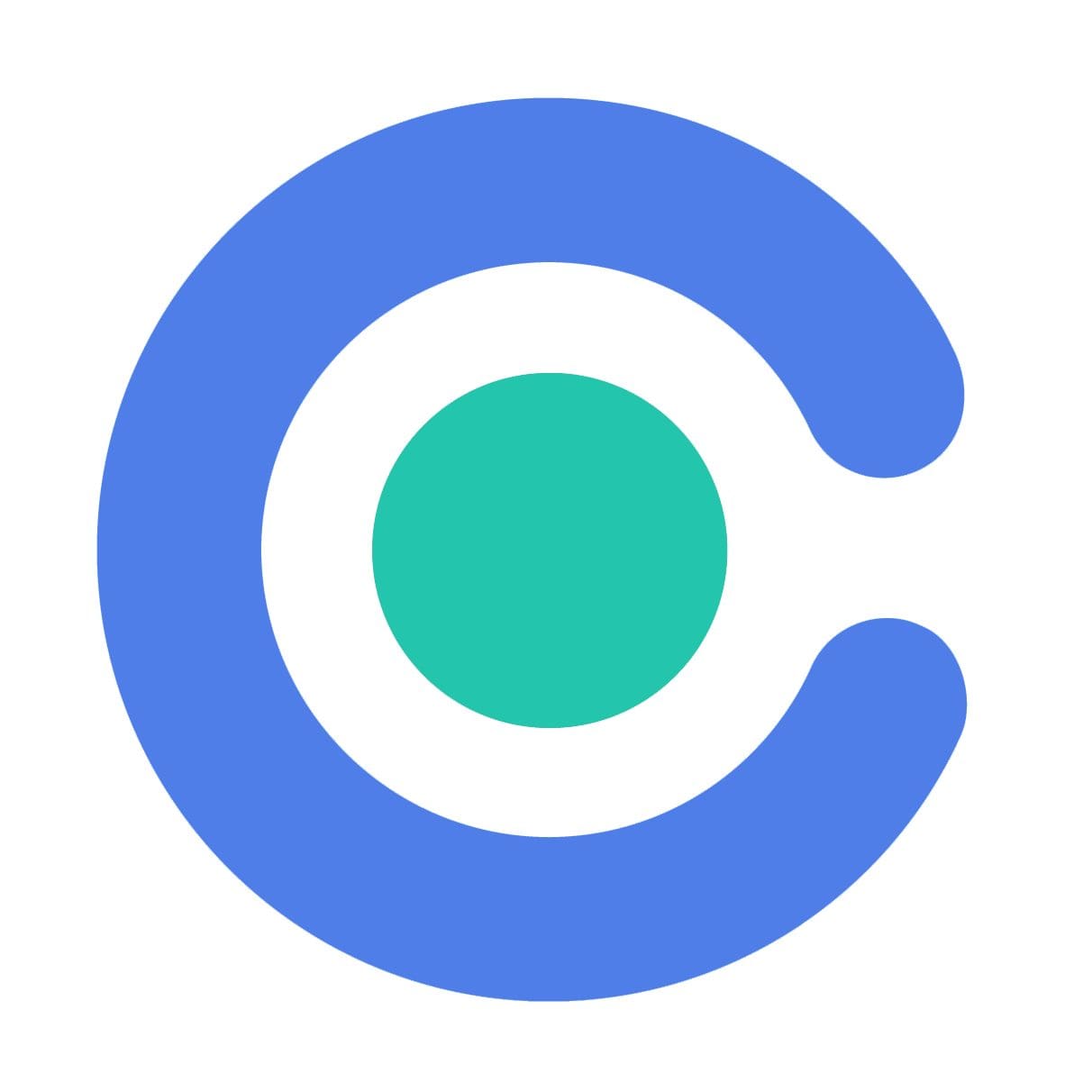
Medical Devices 101 | Your Questions | March 2024

Medical devices face a unique regulatory landscape that has been increasingly complicated by several factors in recent years.
The demand for more sustainable technology is being driven by both consumer demand and legislators, leading to regulatory implications. Global events such as Brexit and COVID-19 have also created unprecedented challenges.
As devices become increasingly integrated with artificial intelligence and an internet connection, new cybersecurity and data protection legislation is racing to keep up.
And on top of all this, the new regulatory framework for IVDR and proposed amendments for the registration, and inspection of medical devices under MDR means staying ahead is more critical than ever.
In this series, we gather some of the most interesting recent inquiries from Compliance & Risks customers regarding medical device regulatory updates globally.
Question 1: Are medical devices included in the scope of California (USA): Reducing Toxics in Packaging, Assembly Bill 2761, 2024?
The Bill provides that from 1 January 2026, no person shall manufacture, sell, offer for sale, or distribute in the state plastic packaging that contains (1) Regulated perfluoroalkyl and polyfluoroalkyl substances or PFAS; or (2) Polyvinyl chloride (PVC), inclusive of polyvinylidene chloride (PVDC).
However, the Bill outlines that this prohibition does not apply to plastic packaging used for:
- Medical products and products defined as devices or prescription drugs, as specified in the Federal Food, Drug, and Cosmetic Act.
- Drugs that are used for animal medicines, including, but not limited to, parasiticide products for animals.
- Products intended for animals that are regulated as animal drugs, biologics, parasiticides, medical devices, or diagnostics used to treat, or be administered to, animals under the Federal Food, Drug, and Cosmetic Act, the federal Virus-Serum-Toxin Act, or the Federal Insecticide, Fungicide, and Rodenticide Act.
Question 2: Are medical devices in scope of the Proposed Amendment of Japans Chemical Substances Control Law (CSCL “Kashinho”) Enforcement Ordinance, Cabinet Order No. 202, 1974 on designation of Methoxychlor, Dechlorane Plus and UV-328 as Class 1 Specified Chemical Substances?
This draft proposes to add Methoxychlor, Dechlorane Plus, and UV-328 to the list of Class I Specified Chemical Substances contained in Order No. 202. According to the CSCL, the manufacture and import of Class I Specified Chemical Substances is prohibited (Article 17 and Article 22), unless a permit has been granted, as is their use, excluding essential uses specified by the Enforcement Ordinance (Article 25).
In terms of restriction of these substances in products, according to the CSCL Article 24(1), a person shall not import any product that is specified by Cabinet Order and in which a class I specified chemical substance is used. In particular, this requirement applies to the products and substances specified in the table present in Article 7 of the Cabinet Order No. 202. This draft proposes to add to Article 7 certain products in which any Dechlorane Plus and UV-328 are used, as detailed in the summary.
However, according to Article 55 (on relationship with other Acts) of the CSCL the following exclusion on medical device apply:
“The provisions of Article 3, paragraph (1) of Article 7, paragraph (1) of Article 8 (including in cases as applied mutatis mutandis pursuant to paragraph (2) of the same Article), Article 8-2, paragraph (1) of Article 9, paragraphs (1) and (2) of Article 10, Article 12, paragraph (1) of Article 13, paragraph (1) of Article 14, Article 16, paragraph (1) of Article 17, Article 18, paragraphs (1) of Article 22, Article 25, paragraph (1) of Article 26, paragraph (2) of Article 28, paragraph (1) of Article 29, paragraphs (1) and (3) of Article 34, paragraph (1) of Article 35, paragraph (1) of Article 36, paragraph (1) of Article 37, Article 38, Article 39, paragraphs (1) (including in cases as applied mutatis mutandis pursuant to paragraph (2) of Article 40) and (3) of Article 40 and Article 42 do not apply to the chemical substances which constitute the articles listed in the following items; the provisions of paragraph (1) of Article 24, paragraph (2) of Article 28, paragraph (1) of Article 29 and Article 34 do not apply to the products listed in the following items in which class I specified chemical substances are used; and the provisions of Article 8-2, Article 12, Article 16, Article 25, paragraph (1) of Article 26, paragraph (2) of Article 28, paragraph (1) of Article 29, paragraph (3) of Article 34, paragraph (1) of Article 36, paragraph (1) of Article 37, Article 38, Article 39 and Article 42 do not apply to the use of chemical substances as raw materials for the articles listed in the following items, but the Acts set forth in the following items apply to them respectively:
(v) pharmaceuticals prescribed in paragraph (1) of Article 2 of the Act on Securing Quality, Efficacy and Safety of Products Including Pharmaceuticals and Medical devices (Act No. 145 of 1960), quasi-drugs prescribed in paragraph (2) of the same Article, cosmetics prescribed in paragraph (3) of the same Article, medical devices prescribed in paragraph (4) of the same Article, and regenerative medicine products prescribed in paragraph (9) of the same Article.”
Question 3: According to the Toxic Substances Control Act (TSCA) – PFAS, does the PFAS reporting obligation exclude instances in which PFAS is solely used as a medical device?
The use of the term “device” appears in the TSCA statutes and it is in that law that food and “devices” are identified obliquely as exempt from TSCA, as those products are governed and regulated comprehensively by the Food and Drug Administration (FDA).
Defining the term “Chemical Substance” (TSCA statutes Sec. 3 (2)(b));
“(B) Such term [chemical substance”] does not include –
(ii) any mixture, (as defined in the Federal Insecticide, Fungicide, and Rodenticide Act) when manufactured, processed, or distributed in commerce for use as a pesticide,
(vi) any food, food additive, drug, cosmetic, or device (as such terms are defined in section 201 of the Federal Food, Drug, and Cosmetic Act) when manufactured, processed, or distributed in commerce for use as a food, food additive, drug, cosmetic, or device.”
Stay Compliant With Global Medical Device Regulations:
Catch up on our medical device updates with your coffee here:
- Medical Device Regulation Checklist: Brazil
- Regulatory Trends in Medical Devices: A 12-18 Month Outlook
- Software As A Medical Device – Definition and Classification in the EU, USA, China, and Japan
- European Union (EU) In Vitro Diagnostic Regulation 2017/746 (IVDR) and Cybersecurity
Have you got a Medical Device related query?
Many of the above questions were submitted and answers were conveyed by Compliance & Risks customers via the “Ask Our Experts” button in C2P.
Clients use AOE to ask about the latest proposed, enacted, and amended regulations and mandatory standards applicable to their products and geographies of interest.
When AOE questions can be answered in 30 minutes or less, Compliance & Risks’ subject matter experts answer them at no charge!
To learn more about C2P and how Compliance & Risks SMEs can help you with your questions, contact us today.
Meet our Experts

Global Regulatory Compliance Team
Our team of experts will elevate your strategic edge by addressing questions about laws and regulations. Fluent in almost 30 languages and backed by an extensive database of 82,000 sources, our experts bring unparalleled knowledge to the table. Moreover, our expert team is dedicated to educating your organization, fostering better engagement, and ensuring your compliance and risk management strategies are second to none. With our team of seasoned professionals by your side, you’ll gain a competitive edge in navigating the complex landscape of compliance management, gaining deeper insights and valuable guidance.



